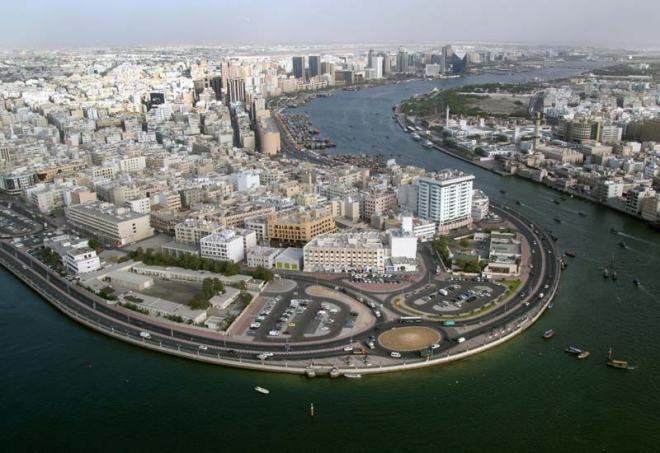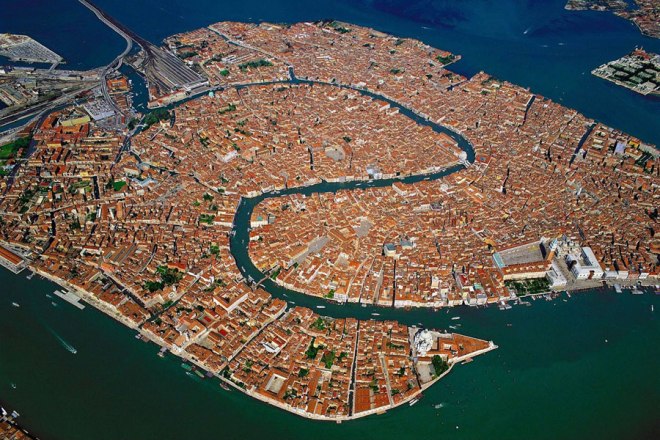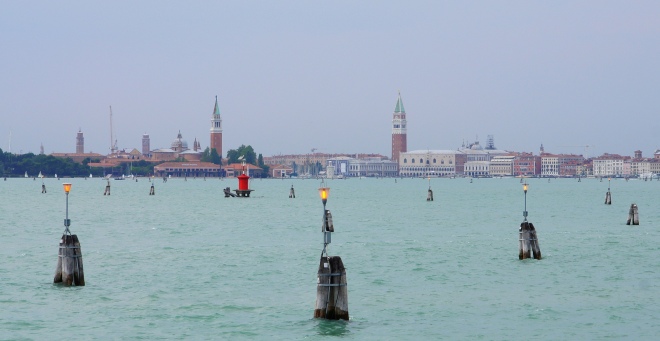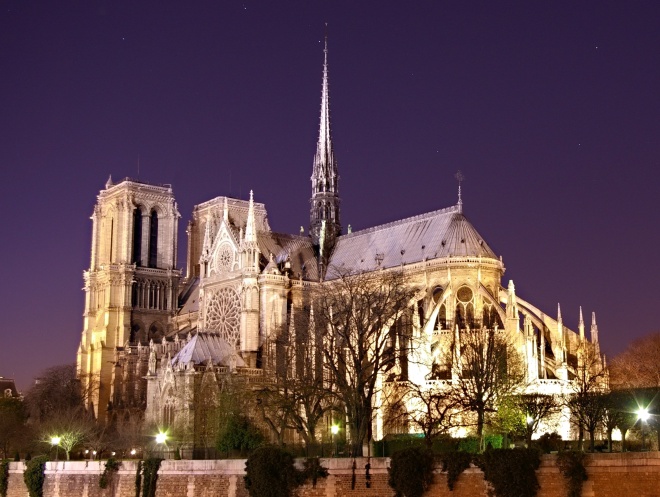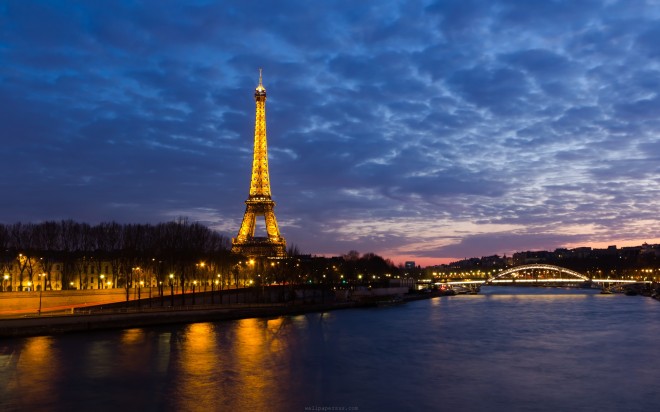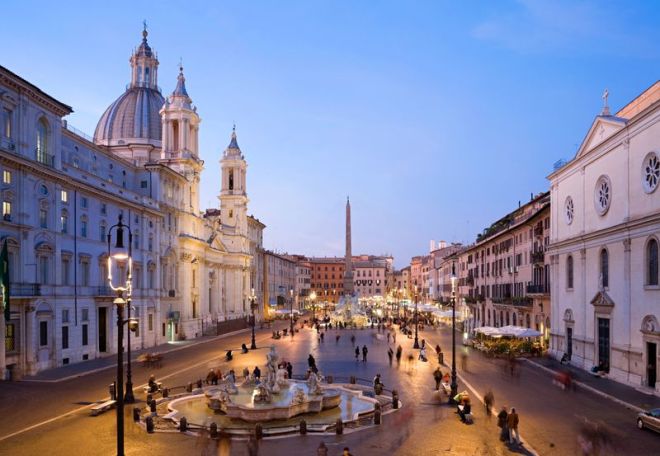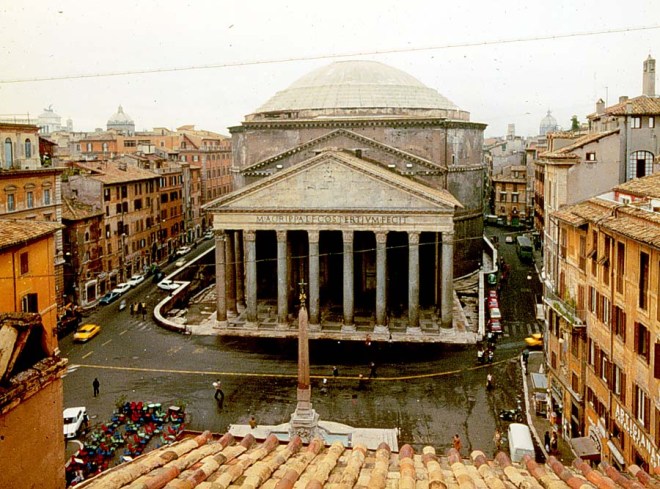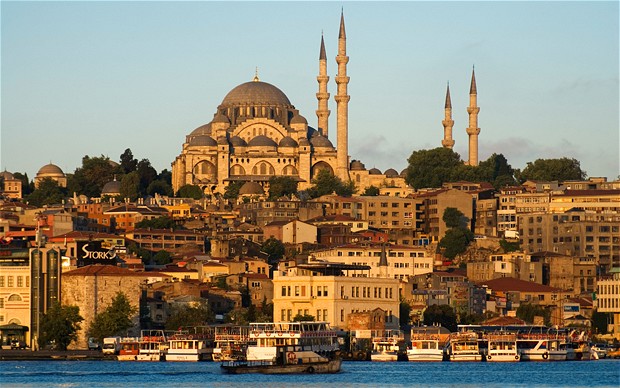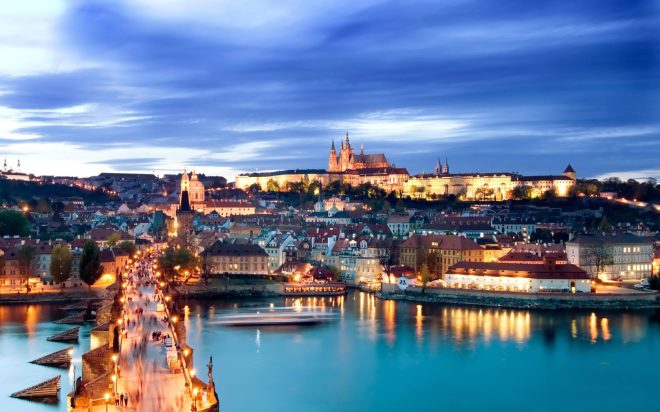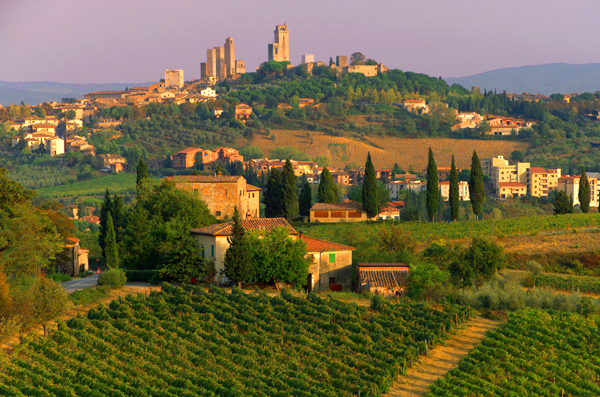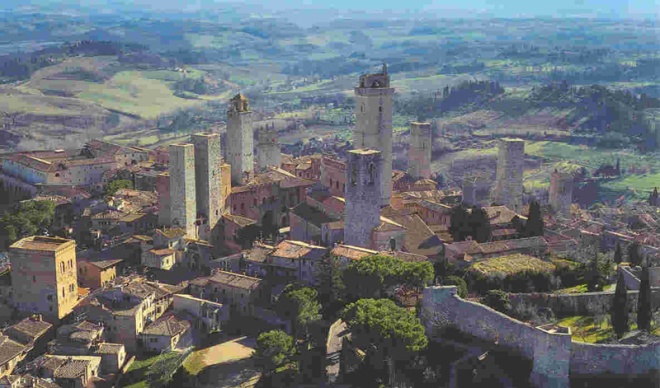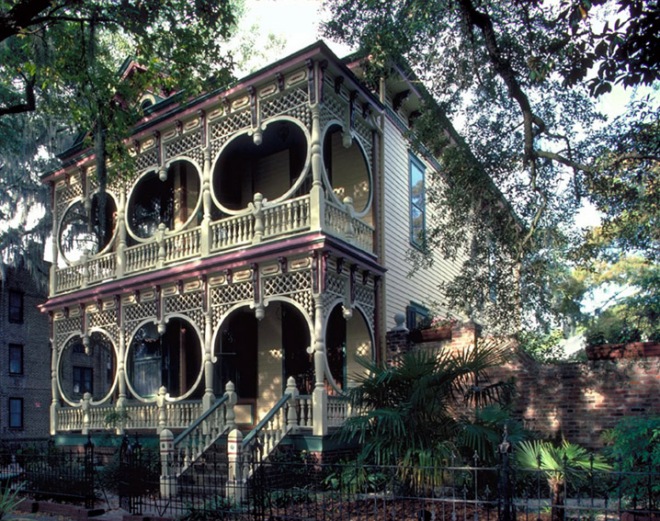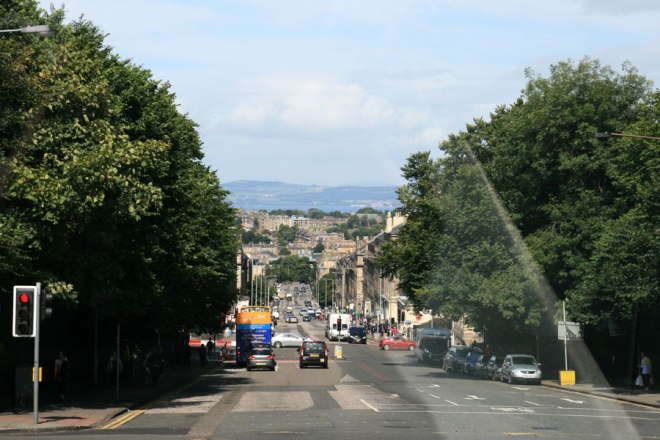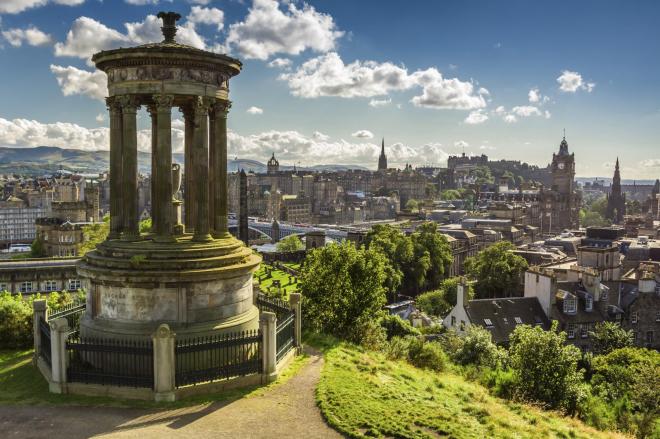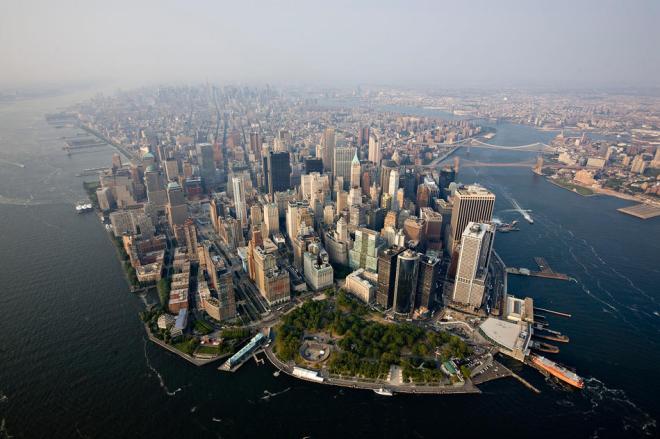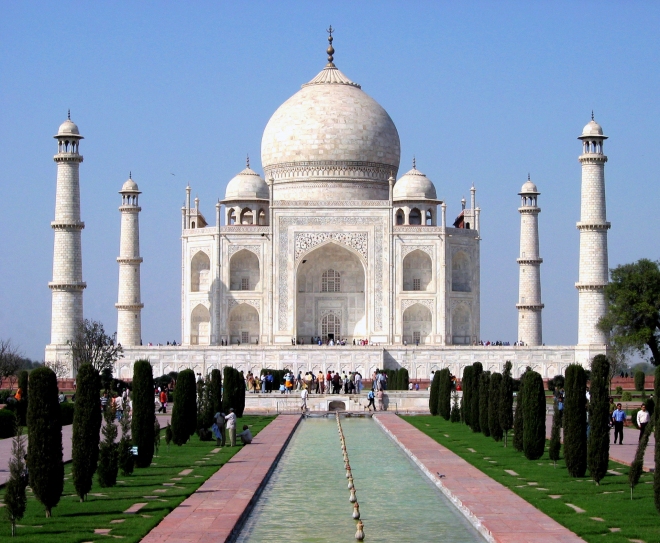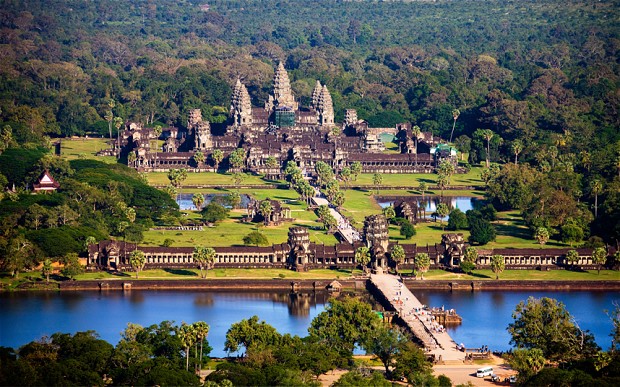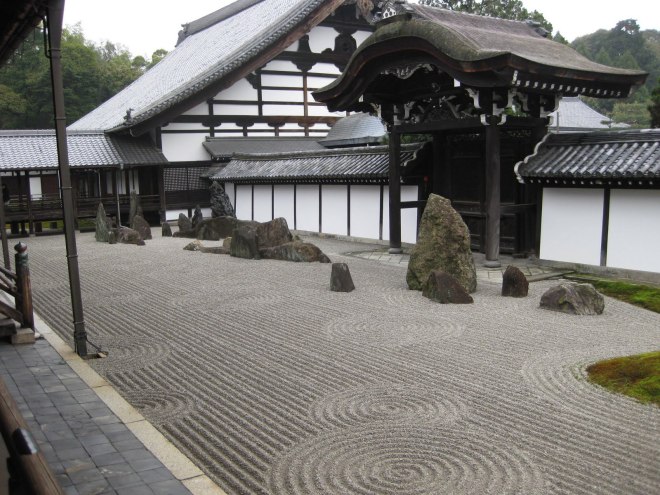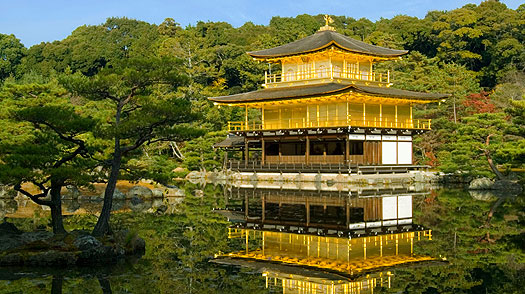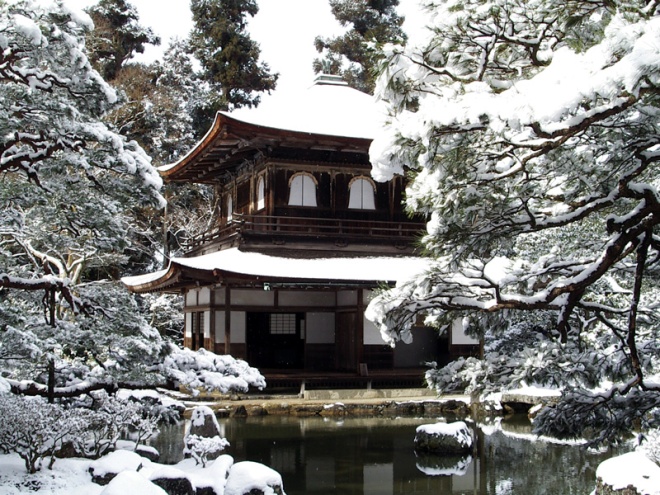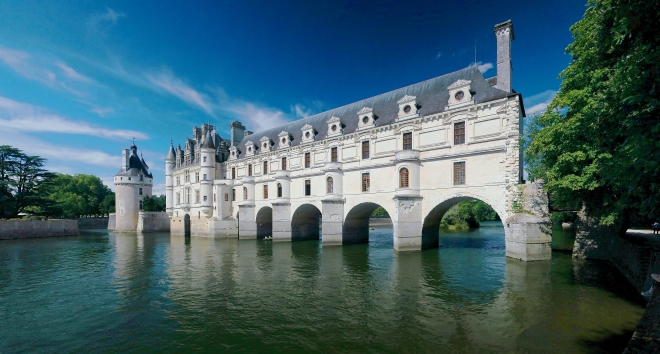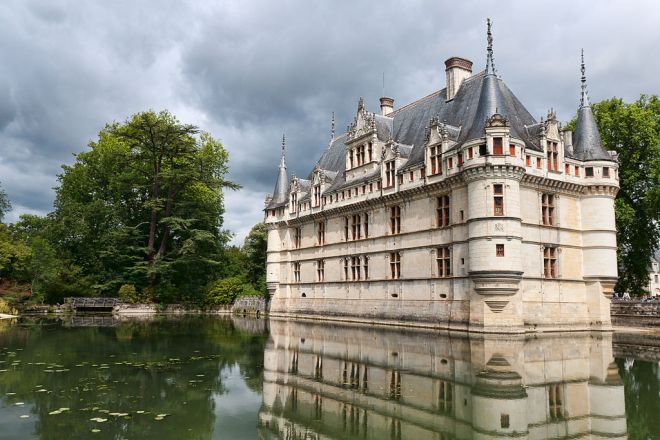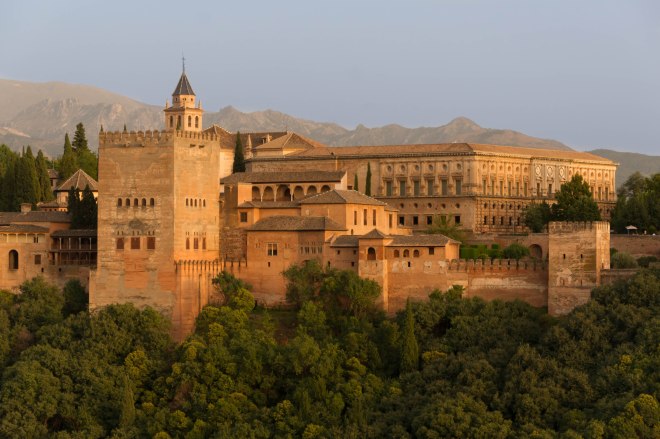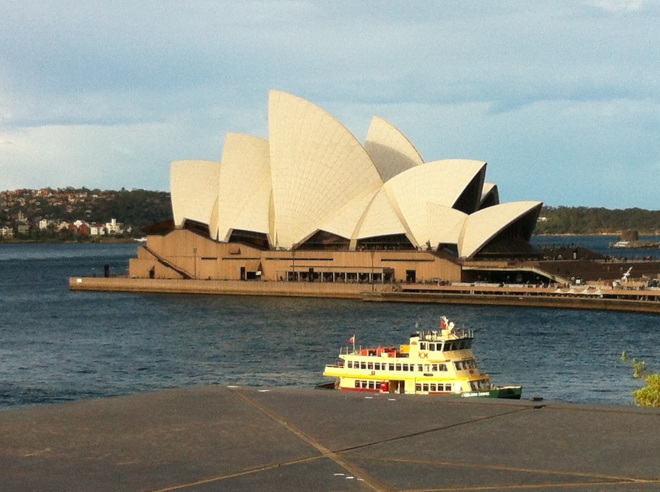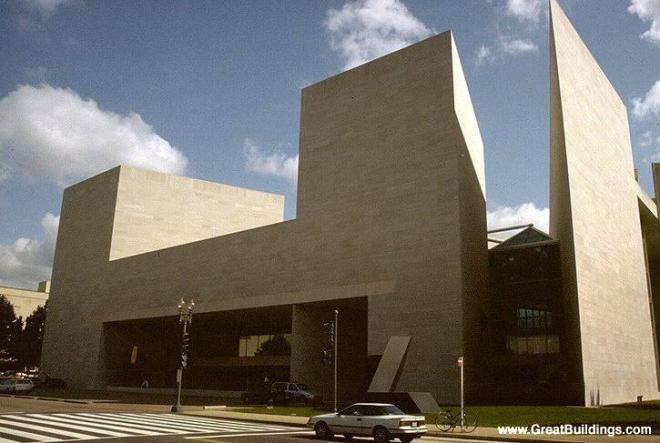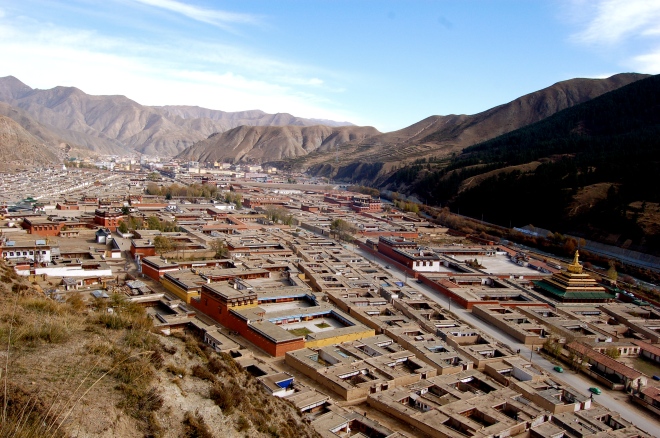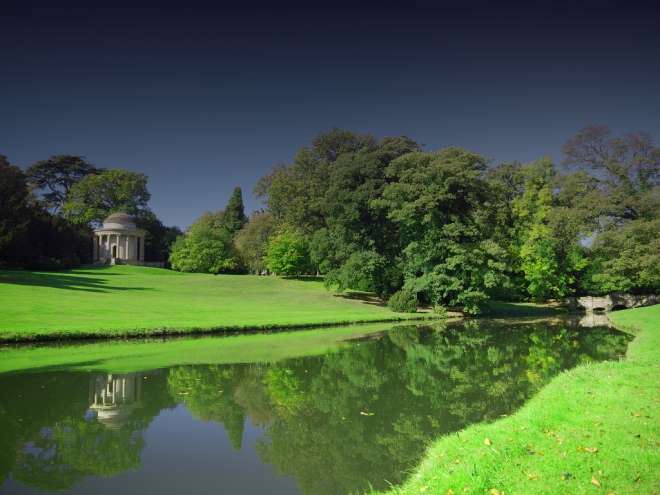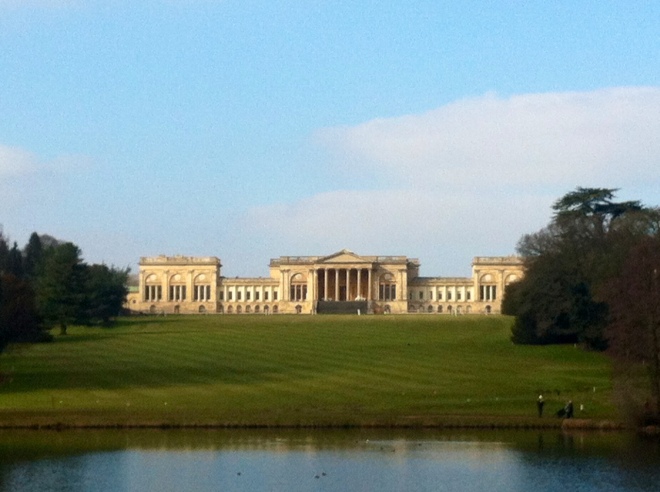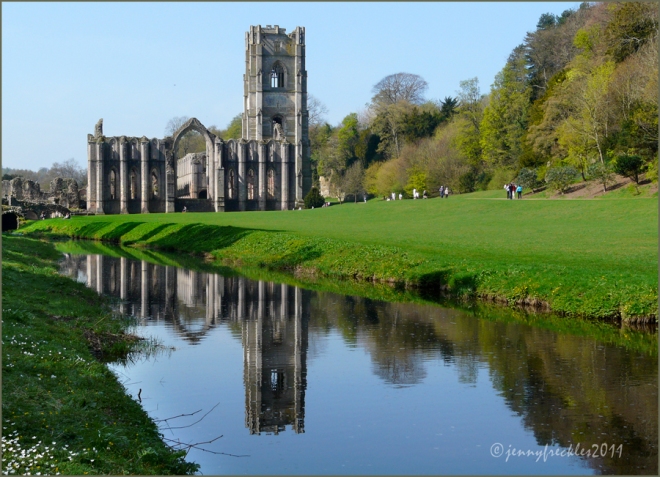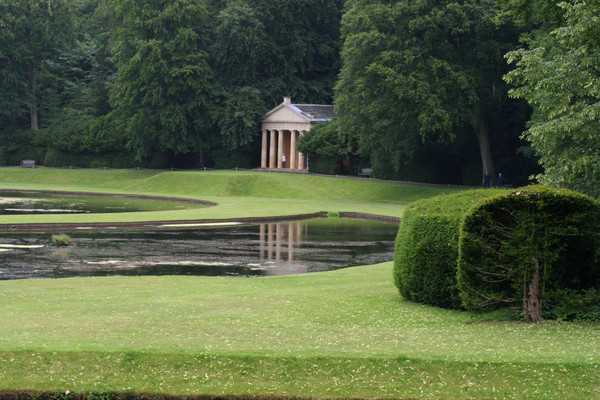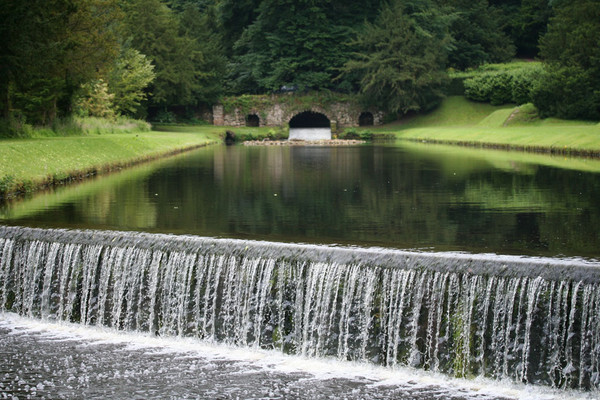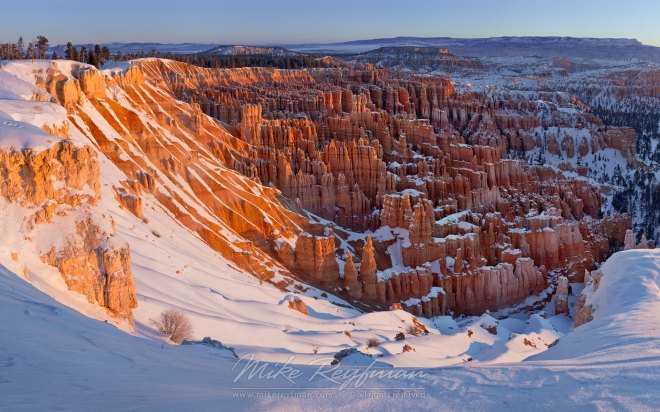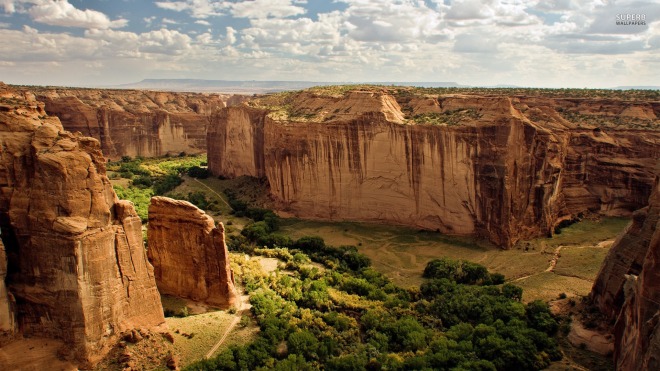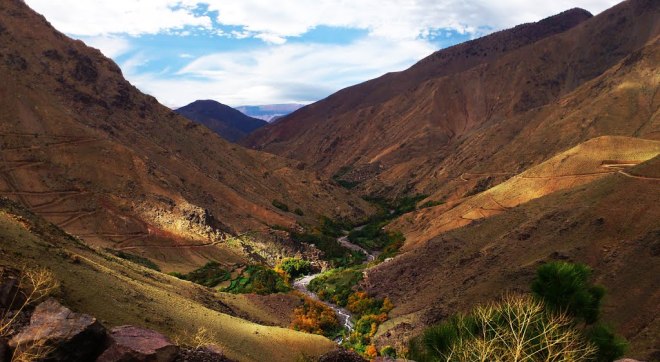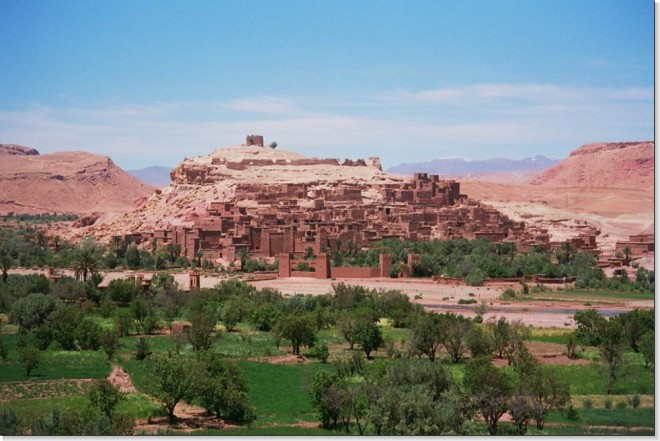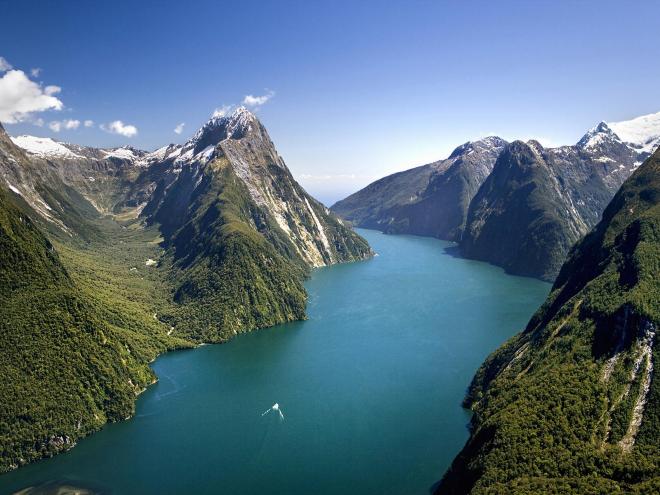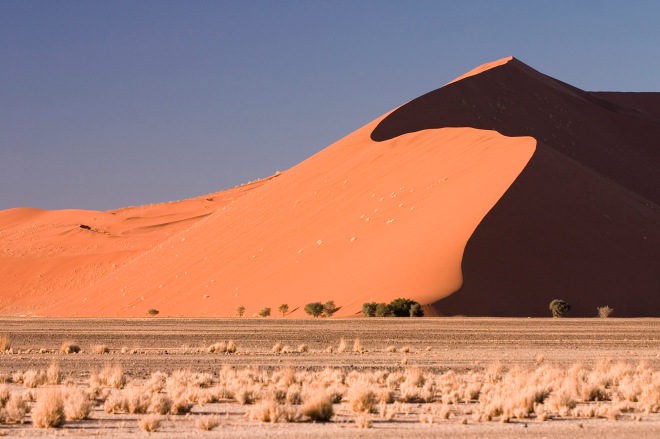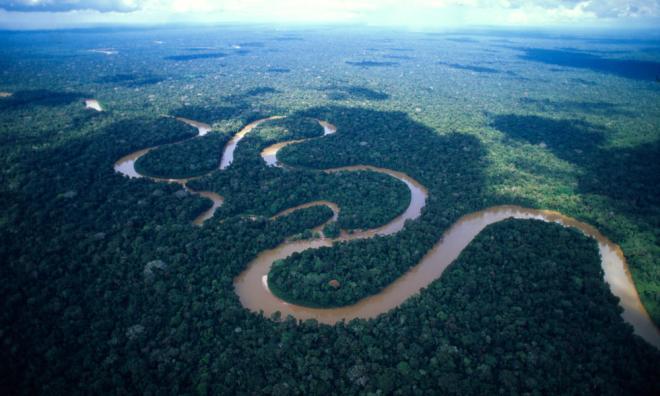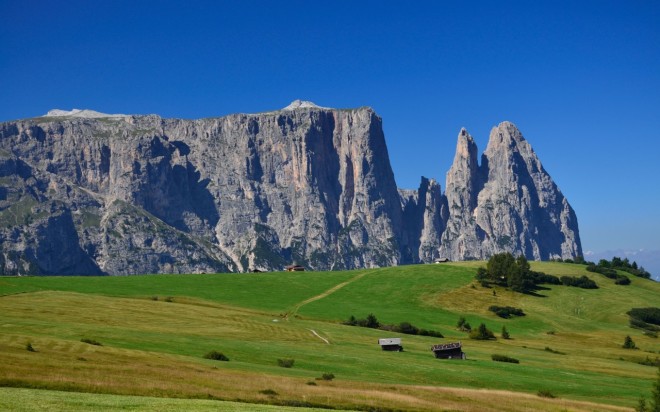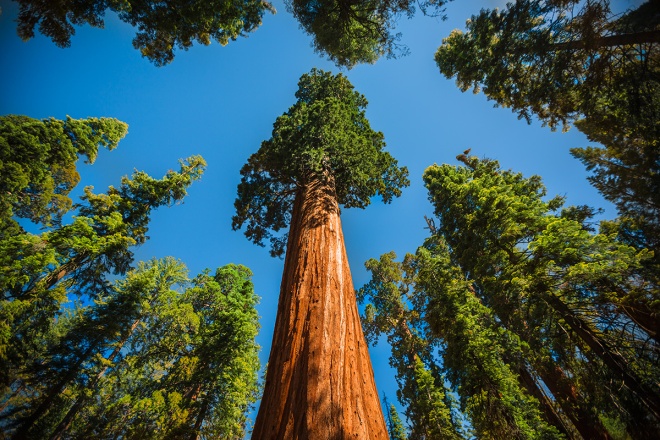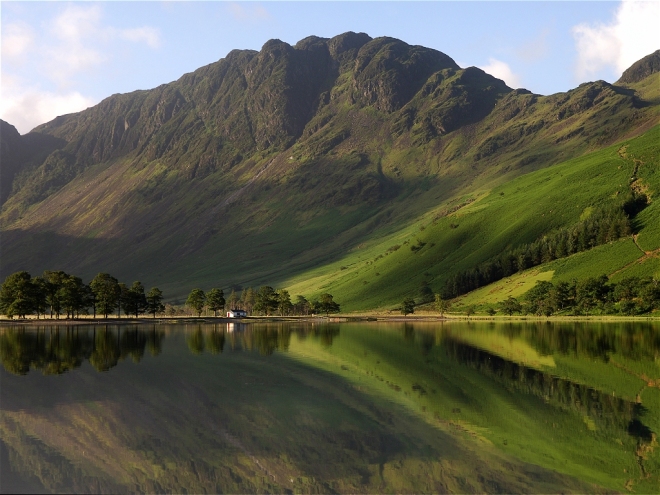Beijing, 9 March 2014
I was recently in Dubai with my wife for a long weekend. If you don’t like shopping, which I fervently do not, if you don’t get much of a kick out of visiting the tallest building in the world, which is definitely my case, if you don’t quite see the point of going skiing in a mall, which I certainly don’t, then your to-do list in Dubai is really quite short. On one side of the saltwater creek which wends its way through the middle of the city
you can visit gold and spice souqs of dubious antiquity. On the other side, you can visit a small remnant of the old town, saved, so it seems, from the wrecker’s ball by the intercession of Prince Charles with the Sheikh of Dubai. You can follow this up by a visit to the Dubai Museum, housed underneath a quaint little old fort and filled with a rather pathetic set of dioramas showing the old ways of life in the sheikhdom. A 20 minutes’ walk downcreek will bring you to the Sheikhs’ old residence (or rather, a nearly complete reconstruction of it) filled with some old photos of Dubai. You can cross from one side of the creek to the other in supposedly old wooden boats which ply the waterway. And that’s it. Of the four days that my wife and I spent in Dubai, we actually only needed two to visit the city itself. We used one of the days to visit Abu Dhabi (or rather, the planned eco-city district of Masdar) and while I was sitting in a conference my wife used another to visit Al Ain, an oasis town some two hours’ drive from Dubai.
Now don’t get me wrong, it’s really very pleasant to wander around without haste, poking your nose in here and there, snapping photos of this and that, taking long lunch and coffee breaks, and enjoying mild and sunny weather. But what really got my goat was a small exhibition which we stumbled across somewhere in the souqs, which proudly announced that some time this year Dubai expected UNESCO to nominate the creek and its immediate surroundings as a World Heritage Site. Give – me – a – break! The Dubai creek a World Heritage Site?! That’s ridiculous!! For those readers who may not be familiar with this UN programme, I should explain that it implements an international convention, the Convention concerning the Protection of the World Cultural and Natural Heritage, whose purpose is to protect and conserve for present and future generations cultural heritage (monuments, groups of buildings, sites) or natural heritage (natural features, geological formations, natural sites) of outstanding universal value. Please note: outstanding universal value. Those are big, big words. Put another way, the sites which are nominated as World Heritage Sites should be so fantastic that it would be a crime for me and every other citizen in the world not to do everything in our power to protect them for future generations to marvel at. Does that describe Dubai creek? I – don’t – think – so!
I had first entertained serious doubts about the World Heritage Site listings when we went on a family holiday to Finland some ten years ago. I had seen that a church along our itinerary had been listed. Intrigued, I dragged the somewhat unwilling family to visit it (to this day, my children remind me of this and other churches I forced them to visit in Finland). What we were confronted with was a small, rustic church whose three main claims to fame were (a) that it was quite old, (b) that it was made entirely out of wood, and (c) that no nails had been used to make it … this was “outstanding universal value”?? Puh-lease! My cynicism over World Heritage Site listings only deepened over the following years as everywhere I went I came across really quite ordinary sites which had been listed. UNESCO’s convention has obviously been hijacked by the tourism industry and its hacks in Ministries of Tourism to brand national sites and raise tourism revenues. And no doubt political correctness has reared its head. It won’t do for just a few countries to have all the heritage sites of outstanding universal value, every country should be able to claim at least one …
This debasing of the World Heritage Site brand is a pity, because I think there are a number of places around the world which through some magical combination of geometry, colour, light, and siting really do have an outstanding and universal value to all of us in the world and whose preservation truly deserves the concerted attention of the global community. My wife and I put our heads together, and what follows is our list. Its main weakness is that it is based only on places which we have seen – so much of the world for us still to see …
Since Dubai got me going, I’ll start with cityscapes:
– Venice, which must be the most beautiful city in the world
– Paris, especially the part along the banks of the river Seine running from Notre Dame Cathedral to the Eiffel tower
(I find Paris to be at its best at night, when all its buildings are lit up like theatre backdrops)
– Rome, especially the Baroque part of the city
where, though, older Roman urban fabric can poke through
– The historic nucleus of Istanbul, on its peninsula jutting out into the Bosphorus
– Old Prague
– On a smaller scale, San Gimignano in Tuscany
which can stand for all those wonderful hilltop towns and villages scattered throughout central Italy (Siena, Todi, Gubbio, Assisi, Volterra, Arezzo, Perugia, Urbino, and on and on …)
– I will add Savannah in Georgia. My wife and I stumbled on the city by chance thirty years ago, and we were blown away
I wonder if I should I add Edinburgh? My wife is doubtful, but the New Town there is really very nice, with a magificent view over the Firth of Forth
and there is the dramatic backdrop of Edinburgh castle
What about Manhattan?
I’m torn. Manhattanites certainly think that the borough has outstanding universal value, non-residents may not be so sure.
After cityscapes we list a series of buildings and complexes that stand out because of the beauty of the buildings themselves, often highlighted by their siting:
– Taj Mahal, which must be one of the most sublime buildings in the world
and which can stand in for a series of wonderful Mughal edifices dotted around northern India (Fatehpur Sikri, the Mausoleum of Akbar at Sikandra, the Jama Masjid mosque in Delhi, the mausoleum of Humayun, …)
– Angkor Wat
with its wonderful faces carved in the temple walls
– The rock gardens and temples of Kyoto
– The chateaux of the Loire in France, especially Chenonceau
and Azay-le-Rideau
– The Alhambra palace in Andalusia
with its typical Arab love of water
We don’t just list old buildings. We would add at least two modern buildings:
– the Sydney Opera House
– the east wing of the National Gallery in Washington DC
My wife thinks we should also list Labrang, the Tibetan Buddhist monastery-town in Sichuan
I’m not convinced that it really has outstanding universal value, yet.
I’ll add here a couple of the wonderful garden-parks which were created around some of the grander country houses in the UK in the 18th century.
– Stowe gardens
– Fountains Abbey and Gardens
Which brings us naturally to our last list, our choices of natural heritage sites of outstanding universal value. We would start with the canyons in the American west. Rather than list the Grand Canyon, which some might consider the natural choice, we would list some of the smaller canyons:
– Bryce Canyon, especially lovely in winter, which is when we saw it:
– and Canyon de Chelly
– We are moved to list here too the Atlas mountains in Morocco. When we first saw them, we were immediately reminded of the canyonlands in the US
but what was even better was that the locals were still making their villages from the local clay so that villages seemed to grow out of the landscape
– From canyons on land to canyons on the sea, and here we found the fjords in New Zealand more striking than those in Norway
– From water to none, with the red sand dunes of Namibia
– and back to water again, with the Amazon River
– from hotter to cooler, with the high meadows of the Alps in the Trentino in Italy
– from grass to trees, in this case the truly magnificent sequoias
– and finally back to grass and water, with the Scottish Highlands
-o0o-
Well, that’s our list of cultural and natural sites which we would consider to have outstanding universal value. As I said earlier, the list is no doubt incomplete simply because there are still lots of places we haven’t visited. We’d be interested to know how readers feel about this. What sites would they put on their own list?
_______________
Dubai creek: http://www.guiaemdubai.com/wp-content/uploads/2010/07/Dubai.creek_.jpg [in http://www.guiaemdubai.com/dubai-creek/%5D
Venice-aerial view: http://weddinginvenice.net/wp-content/uploads/2008/07/venice.jpg [in http://weddinginvenice.net/blog/aerial-view-of-venice%5D
Venice-worm’s eye view: http://farm9.staticflickr.com/8149/7667954390_2eafc258f6_h.jpg
Paris-Notre Dame: http://upload.wikimedia.org/wikipedia/commons/a/a2/Notre_Dame_de_Paris_by_night_time.jpg [in http://it.wikipedia.org/wiki/Cattedrale_di_Notre-Dame%5D
Paris-Eiffel tower: http://wallpapersus.com/wp-content/uploads/2012/01/eiffel-tower-sunset-architecture-city-cloudy-dusk-famous-river.jpg [in http://wallpapersus.com/eiffel-tower-sunset-architecture-city-cloudy-dusk-famous-river/%5D
Rome Piazza Navona: http://www.bonjouritalie.it/uploaded/images/Piazza_Navona_Evening.jpg [in http://www.bonjouritalie.it/en/news/46/PIAZZA-NAVONA-the-Roman-s-playroom-.html%5D
Rome Pantheon: http://www.dewereldwonderen.nl/wp-content/uploads/2011/09/pantheon-omgeving.jpg [in http://www.dewereldwonderen.nl/andere-wereldwonderen/het-pantheon/%5D
Istanbul: http://i.telegraph.co.uk/multimedia/archive/02012/istanbul-biennial_2012683b.jpg [in http://www.telegraph.co.uk/culture/art/8796386/Istanbul-biennial-art-at-the-crossroads-of-the-world.html%5D
Prague: http://www.discoverwalks.com/prague-walking-tours/wp-content/blogs.dir/5/files/4/not-many-people-can-show-you-this.jpg [in http://www.discoverwalks.com/prague-walking-tours/prague-castle-tour/%5D
San Gimignano-1: http://www.roma-antica.co.uk/custom/San%20Gimignano.jpg
San Gimignano-2: http://www.hotelilponte.com/writable/public/tbl_galleria/grande/v961b38120234375.jpg
Savannah: http://www.shedexpedition.com/wp-content/uploads/2013/06/gingerbread-house-Savannah-Georgia-1899-Carpenter-Gothic.jpg [in http://www.shedexpedition.com/savannah-georgia-best-quality-of-life-and-visitor-experience/%5D
Edinburgh-New Town: http://www.stravaiging.com/photos/albums/places%20in%20Scotland/towns/Edinburgh,%20Midlothian/IMG_9890.jpg [in http://www.stravaiging.com/blog/edinburgh-world-heritage-official-tour/%5D
Edinburgh-castle: http://waimhcongress.org/wp-content/uploads/2013/03/edinburgh_-_calton_hill_nov_12_0.jpg [in http://waimhcongress.org/location/about-edinburgh/%5D
Manhattan: http://www.elikarealestate.com/blog/wp-content/uploads/2014/03/nyc001.jpg [in http://www.elikarealestate.com/blog/manhattan-sales-time-high/%5D
Taj Mahal: http://upload.wikimedia.org/wikipedia/commons/c/c8/Taj_Mahal_in_March_2004.jpg [in http://en.wikipedia.org/wiki/Taj_Mahal%5D
Angkor Wat: http://i.telegraph.co.uk/multimedia/archive/02381/Angkor_wat_2381155b.jpg [in http://www.telegraph.co.uk/news/worldnews/asia/cambodia/9638352/Canals-may-have-sped-up-building-of-wonder-of-the-world-Angkor-Wat.html%5D
Angkor Wat Gods: http://www.urbantravelblog.com/wp-content/uploads/2012/02/Angkor-wat-gods.jpg [in http://www.urbantravelblog.com/photos/angkor-wat%5D
Kyoto Tofukuji rock garden: http://4.bp.blogspot.com/_bWbsTZVSaLw/S8uzFo1o2mI/AAAAAAAAAO4/tq11td38q3I/s1600/april-13+141.jpg [in http://kyotofreeguide-kyotofreeguide.blogspot.com/2010_04_01_archive.html%5D
Kyoto Kinkakuji: http://img.timeinc.net/time/photoessays/2011/travel_kyoto/01_kinkakuji.jpg [in http://content.time.com/time/travel/cityguide/article/0,31489,2049375_2049370_2048907,00.html%5D
Kyoto Gingakuji: http://lookjapan.org/photos/ginkakuji-temple.jpg [in http://lookjapan.org/kyoto.html%5D
Château de Chenonceau: http://upload.wikimedia.org/wikipedia/commons/d/d0/Chateau_de_Chenonceau_2008E.jpg [in http://en.wikipedia.org/wiki/Château_de_Chenonceau%5D
Château Azay-le-Rideau: http://upload.wikimedia.org/wikipedia/commons/thumb/d/d2/Chateau-Azay-le-Rideau-1.jpg/1024px-Chateau-Azay-le-Rudeau-1.jpg [in http://en.wikipedia.org/wiki/Château_d’Azay-le-Rideau%5D
Alhambra: http://upload.wikimedia.org/wikipedia/commons/2/22/Detail_Charles_V_palace_Alhambra_Granada_Spain.jpg [in http://commons.wikimedia.org/wiki/File:Detail_Charles_V_palace_Alhambra_Granada_Spain.jpg%5D
Alhambra-2: http://www.earthalacarte.com/images/destination/1370429824_0!!-!!4.jpg [in http://www.earthalacarte.com/destinations/alhambra/%5D
Sydney Opera House: our photo
East Wing National Gallery: http://www.greatbuildings.com/gbc/images/cid_2880204.jpg [in http://www.greatbuildings.com/buildings/East_Wing_National_Gallery.html
Labrang: http://korihahn.files.wordpress.com/2011/07/dsc_0423.jpg [in http://korihahn.com/2010/11/01/beijing-to-lhasa/%5D
Stowe gardens: http://www.landscapearchitecturedaily.com/wp-content/uploads/2013/04/Stowe-Landscape-Gardens.jpg [in http://www.landscapearchitecturedaily.com/?p=2599%5D
Stowe gardens-House: http://1.bp.blogspot.com/-9CU7qypYuhw/UTi58Pz-zXI/AAAAAAAABjU/t5dzpqANduk/s1600/photo+%286%29.JPG [in http://theelephantandthepirate.blogspot.com/2013/03/day-tripping-stowe-gardens.html%5D
Fountains abbey: http://3.bp.blogspot.com/-yHJdJ-LcSwI/TaSbP30qvOI/AAAAAAAACZQ/Mt-9gkW8Wj4/s1600/Fountains+Abbey+reflected+blg.jpg [in http://saltairedailyphoto.blogspot.com/2011/04/fountains-abbey.html%5D
Fountains abbey gardens-1: http://www.gardenvisit.com/assets/madge/studley_royal_and_fountains_abbey_980_jpg/600x/studley_royal_and_fountains_abbey_980_jpg_600x.jpg -[in http://www.gardenvisit.com/garden/studley_royal_and_fountains_abbey%5D
Fountains abbey gardens-2: http://www.gardenvisit.com/assets/madge/studley_royal_and_fountains_abbey_980a_jpg/600x/studley_royal_and_fountains_abbey_980a_jpg_600x.jpg [in http://www.gardenvisit.com/garden/studley_royal_and_fountains_abbey%5D
Bryce canyon: http://www.mikereyfman.com/Photography-Landscape-Nature/Bryce-Canyon-National-Park-Utah-USA/big/MR0105.jpg [in http://www.mikereyfman.com/photo/photo.php?No=5&Gallery=Bryce-Canyon-National-Park-Utah-USA%5D
Canyon de Chelly: http://believegallup.com/wp-content/uploads/2013/01/canyon-de-chelly.jpg [in http://believegallup.com/canyon-de-chelly/
Atlas Mountains: http://static.panoramio.com/photos/large/81928810.jpg [in http://www.panoramio.com/photo/81928810%5D (Toubkal National Park)
Atlas mountain village: http://www.destinationlemonde.com/images/17/photo1-ag.jpg [in http://www.destinationlemonde.com/images/17/photo1-ag.jpg%5D
Milford Fjord New Zealand: http://globalconnection.com.au/wp-content/uploads/2013/08/Milford_Sound_Fiordland_National_Park_South_Island_New_Zealand.jpg [in http://globalconnection.com.au/product/new-zealand-south-island-post-convention-tour/%5D
Namibia-Dune 45: http://upload.wikimedia.org/wikipedia/commons/5/54/Dune45_Sossusvlei_Namib_Desert_Namibia_Luca_Galuzzi_2004.JPG [in http://en.wikipedia.org/wiki/Dune_45%5D
Amazon River: http://assets.worldwildlife.org/photos/1818/images/story_full_width/meandering_amazon_%28c%29_WWF-Canon__Andre_Bartschi.jpg?1345553423 [in http://worldwildlife.org/tours/the-great-amazon-river-cruise%5D
Alps in Trentino: http://hqscreen.com/wallpapers/l/1280×800/67/alps_italia_italy_trentino_alpi_1280x800_66754.jpg [in http://hqscreen.com/alps-italia-italy-trentino-alpi-wallpaper-66754/%5D
Sequoia national park: https://lh6.googleusercontent.com/-lABhQdL_8II/UwXlmbxPEuI/AAAAAAAArw0/VfGi2Htb0jI/sequoia-national-park2.jpg?imgmax=1600 [in http://www.latheofdreams.com/%5D
Scottish Highlands: http://timeforbritain.files.wordpress.com/2012/01/scottish-highlands1.jpg [in http://timeforbritain.wordpress.com/beautiful-scotland/%5D
